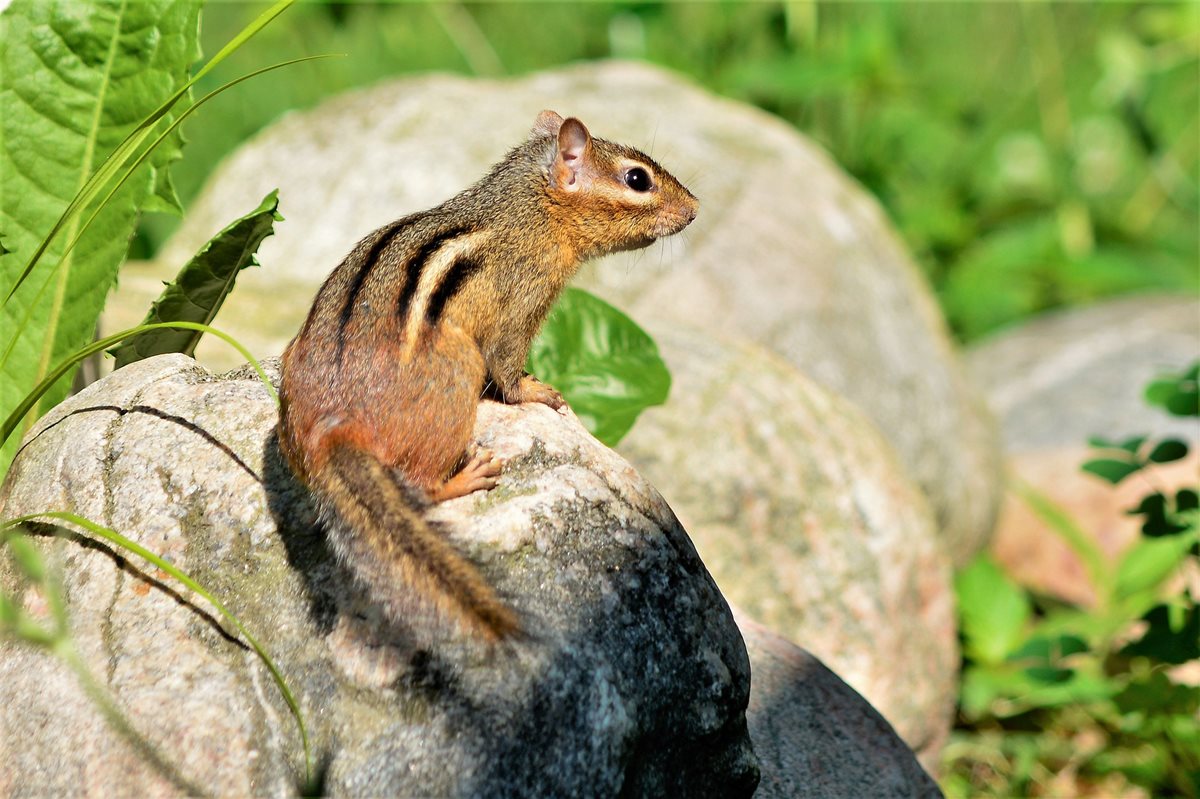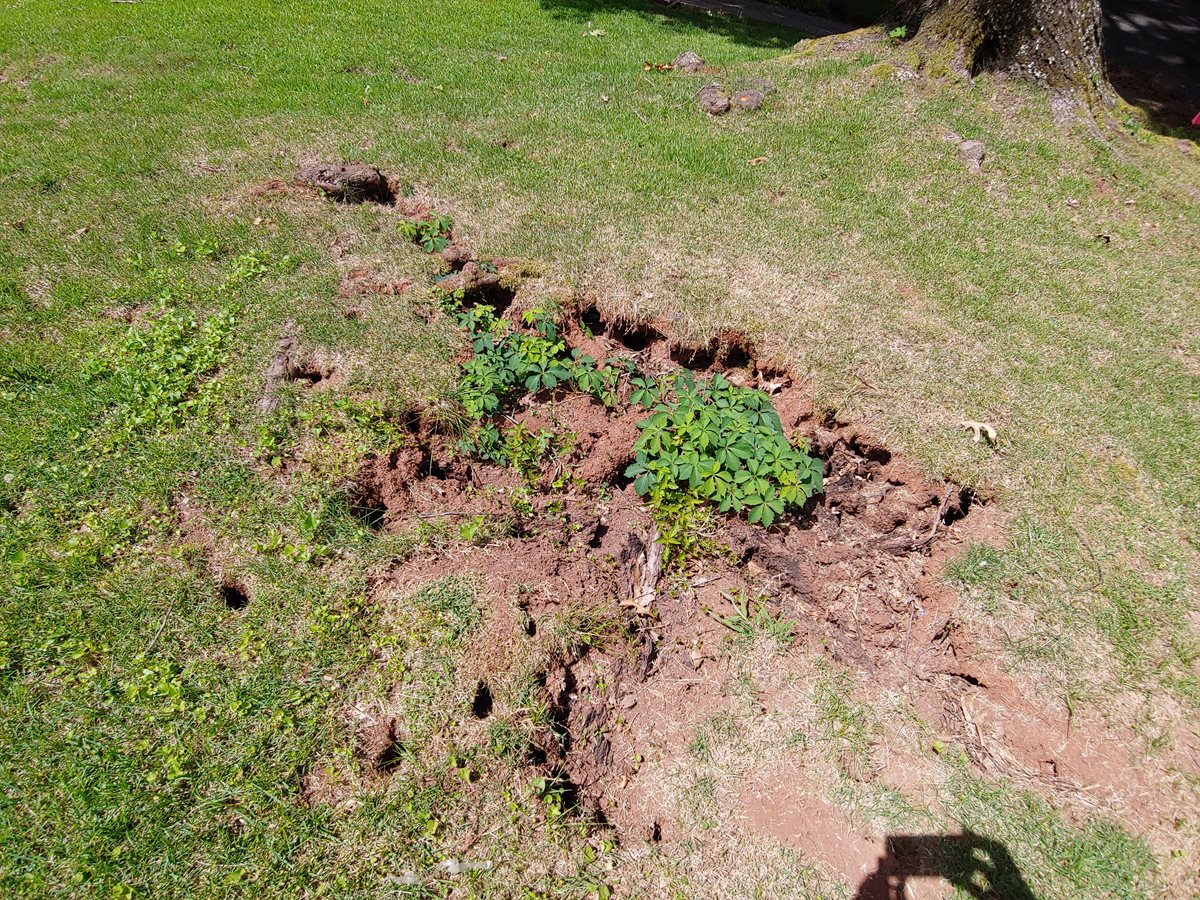How Can I Tell if I Have Chipmunks?
Chipmunks aren’t necessarily the harmless creatures portrayed in the movies. Unfortunately, chipmunk burrows can present a tripping hazard and lead to foundation damage. Not to mention, these pests are just waiting for the opportunity to destroy your garden.
Here’s how to identity chipmunk infestations on your property.
What Does a Chipmunk Look Like?

Chipmunks are a small species of ground squirrel. These brown rodents only grow up to five or six inches long and weigh about three ounces.
Although these rodents are small, they are easy to spot due to their unique markings. Both chipmunk species in the U.S. have two white stripes that mark their short, pointy heads. Additionally, you’ll see black and white lines running down the length of their backs.
It can be hard to identify the flash that blurs across your yard. But typically, chipmunks pop up on their hind legs to feed. That’s your moment to take a clear look and identify the creature.
What Do Chipmunk Holes Look Like?
Chipmunk holes serve as the entrance to the animals’ underground tunnel systems.
The holes are typically one to two inches in diameter. You’ll often find these relatively small holes near plants or around the base of bird feeders. Although the holes are seemingly innocuous at the surface, these can lead to an expansive burrow system that could be up to 30 feet wide and three feet deep.

Unfortunately, the presence of chipmunk burrows in yards can create many problems. The first impact you’ll notice is the declining health of your garden. Chipmunks are known for digging often uproots plants and negatively affect the health of gardens. Plus, these pests will also destroy cultivated landscaping and make yardwork challenging.
Beyond the impact on the plants in your yard, a large chipmunk infestation can lead to even bigger problems. Large chipmunk holes and burrows can cause sections of sidewalks or porch stoops to sink into the ground.
What Do Chipmunk Tracks Look Like?
You may find chipmunk tracks in the loose soil around any food source, such as your garden.
Like mice, chipmunks have four toes on their front feet and five on their larger hind feet. However, as chipmunks move around, they hop and bound, which gives a distinct gallop pattern to their prints. Because of these movements, the bigger hind prints in chipmunk tracks appear in front of the smaller front prints.
It is possible to identify a chipmunk infestation based on the tracks. But keep in mind, the small size of chipmunks can make this a challenging task.
What Does A Chipmunk Sound Like?
If chipmunks are present in your yard, you’ve likely heard them at some point.
These pests most frequently use a high-pitched chirping noise. Their ‘chuck-chuck’ call is often mistaken for birdsong. But when responding to threats, you may hear a high-pitched ‘wee.’
What Do Chipmunk Droppings Look Like?
A final way to identity chipmunks is based on their droppings. In general, chipmunks choose to store their feces within a special chamber of their burrow. But you may spot chipmunk droppings on your lawn. If you encounter these, the scat will be approximately the size of a grain of rice.
Use caution when encountering scat from wild rodents. The material may carry diseases which can be harmful to humans or pets including salmonellosis, leptospirosis, and hantavirus.